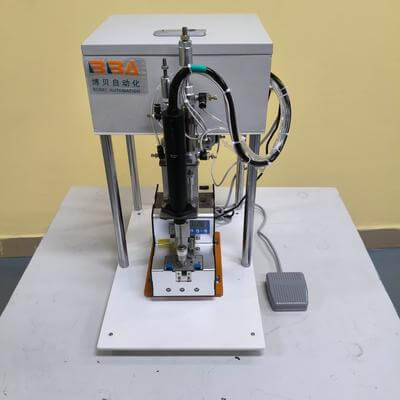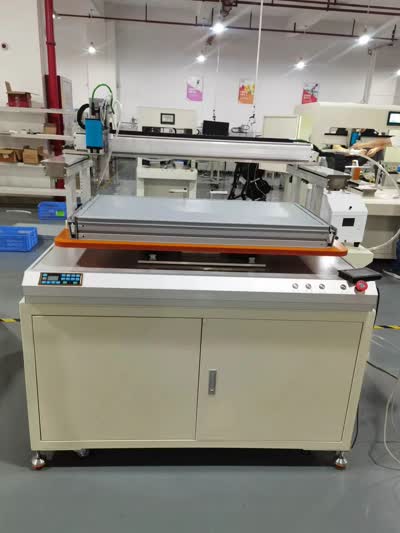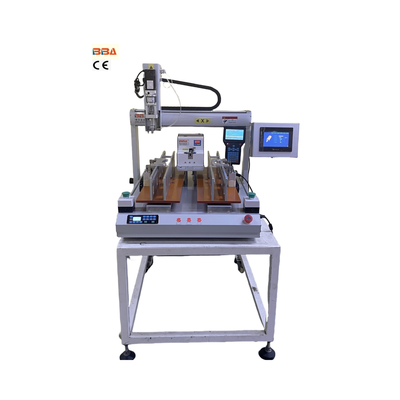Screw Feeder Problems & Solutions | Industrial Automation Maintenance Guide
Common Issues with Screw Feeders and How to Fix Them
Screw feeders are essential components in many industrial automation processes, reliably moving bulk materials from one point to another. However, like any mechanical system, they can encounter issues that disrupt production flow. Understanding these common problems and knowing how to address them is key to minimizing downtime and maintaining efficiency.
1. Inconsistent Feed Rate or Bridging
One of the most frequent issues is an inconsistent or halted material flow, often caused by material bridging. This occurs when material arches over the hopper outlet, creating a void and preventing it from reaching the screw.
How to Fix It: To prevent bridging, ensure the hopper is designed with the correct geometry and slope for your specific material. Incorporating mechanical devices like vibrators or air blasters can help break up arches. For very cohesive materials, consider a live-bottom hopper or an agitator to keep material moving.
2. Screw Wear and Tear
The screw itself is subject to significant wear, especially when handling abrasive materials. Over time, this can lead to a reduced feed rate and loss of accuracy.
How to Fix It: Regularly inspect the screw for signs of wear. For abrasive applications, specify hardened or coated screws during the initial selection process. If wear is detected, replace the worn sections or the entire screw to restore performance. Implementing a preventive maintenance schedule is crucial.
3. Material Flooding
The opposite of bridging, flooding happens when material flows too freely through the feeder, often overwhelming the screw. This is common with very free-flowing, fine powders and can lead to a complete loss of control over the feed rate.
How to Fix It: Use a screw designed for flood-prone materials, such as one with a variable pitch or a tapered shaft. Installing a vented section in the screw can also help de-aerate the material and reduce its fluid-like behavior. Properly sizing the inlet and outlet connections is also critical.
4. Motor Overload and Drive Issues
If the screw feeder becomes jammed or is fed too much material, the motor can overload, causing it to shut down. This protects the drive train but stops production.
How to Fix It: First, clear any jammed material from the housing. Investigate the root cause of the jam—it could be due to a foreign object, hardened material, or an oversized particle. Ensure the motor's torque and power are correctly sized for the application's maximum potential load. Regularly check drive belts and couplings for tension and wear.
5. Inaccurate Feeding
When a process requires precise dosing, any inconsistency in the feed rate can compromise product quality. Inaccuracy can stem from variable material density, screw wear, or an unstable power supply to the drive motor.
How to Fix It: Employ a weigh feeder or closed-loop control system that can adjust the screw speed based on real-time feedback. Ensure the material has a consistent bulk density and moisture content. Using a screw with a constant pitch and flighting designed for your material will also improve metering consistency.
A well-maintained screw feeder is a reliable workhorse. By proactively addressing these common issues through proper design, material understanding, and a consistent maintenance routine, you can ensure your automated processes run smoothly and efficiently for years to come.
| Product Name | Applicable industries |
| Inline Screw Locking System | Smart Wearables Production |



